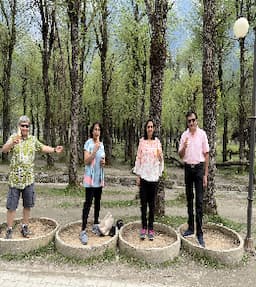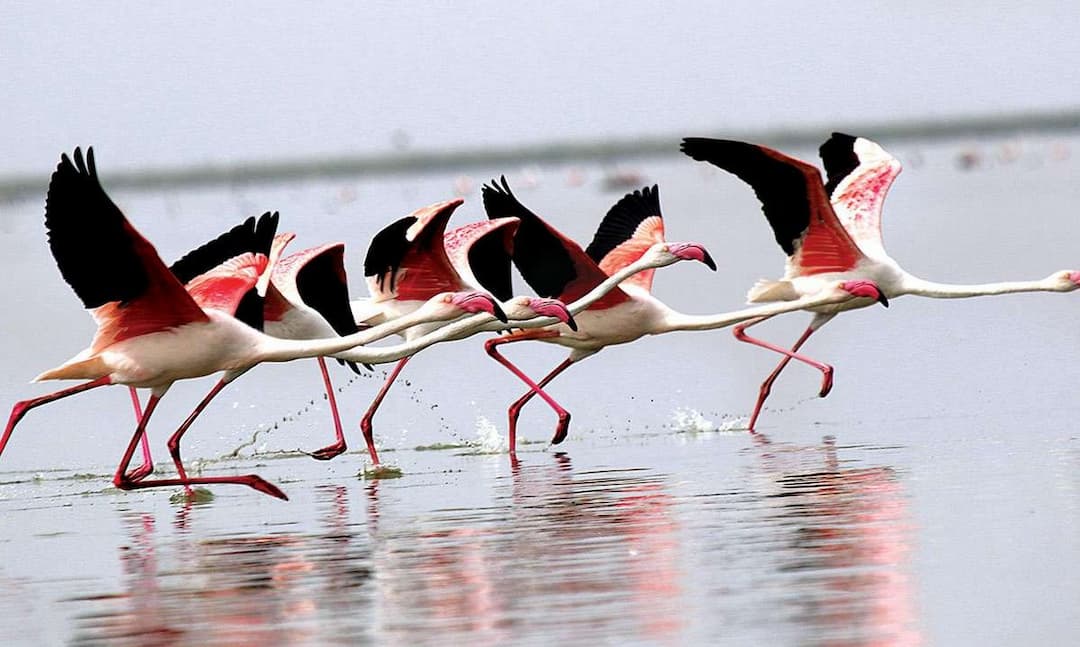History & Culture in Gir
<div style="text-align: justify; ">Sasan Gir was known as Gir National Park in 1975. In the past it was the first forest which contained huge numbers of Asiatic Lions which were found in their natural habitat. However Sasan Gir was controlled by British people, Kings and Nawabs who were all very proud of killing lions before the Independence of India. </div><div style="text-align: justify;">The Gir national park is the only place apart from Africa where you can see wild lions. The history of Gir begins in the 19th century when the rulers of Indian states use to welcome British colonists for hunting expeditions. Later at the end of the 19th century, only a few Asiatic lions were left in India, and all of those lions were in Gir forest. Back then it was a part of Nawab of Junagadh’s personal hunting grounds. British viceroy noticed the drastic decline of the lions in Gir and brought it to the notice of the Nawab of Junagadh who was the one who established the sanctuary. And now at present it is the only area in Asia where Asiatic lions are found. Sasan Gir is now considered as the most protected areas in Asia. It has rich biodiversity. With its variety of flora and fauna, the Gir ecosystem is taken care of by the government forest department, wildlife activists and NGO’s. It is now known as the jewel of Gujarat’s ecological resource. </div><div style="text-align: justify;">In 2005, 52 Asiatic lions existed in the wild leaving the population on the verge of extinction. Fortunately conversion efforts have resulted in major population increase with around 500 lions now. </div><div><div style="text-align: justify;"><br></div><div style="text-align: justify;"><b>Culture: </b></div></div><div style="text-align: justify;">The Gir forest culture follows a cycle with traditions and current lifestyle. The national park has more of nomadic culture. The local tribes reside in the forest for eight months and relocate to the close towns in the monsoon season. One of the important events celebrated annually is Krishna Janmashthami. Most of the weddings in the area take place on this day and it is more like a festival for the tribes. </div><div style="text-align: justify; ">Culture of Gir is majorly visible in its traditional customs, cuisines, art and architecture. There is a village called Sirvan where Siddhi people reside. Lately siddhi people chase some original traditions with the omission of Damal Dance. This dance form is actually similar to Ngoma drumming and dance form of Africa.</div>
Reviews
Flamingo planned a perfect trip for couple
Mr. Vatsal Patel
It's very perfect planned trip for couple.. we enjoy lots and we are very happy
read moreIndia
_20230110_151828.jpg&w=256&q=75) Jan
JanIndividual Tour
Flamingo made our honeymoon truly memorable
Mr. Het Shah
Hello Travel buddies,
I am Het Shah and recently I got married in month of Dece
read moreAsia
 Dec
DecIndividual Tour
Great Time With Flamingo Transworld
Dr. Yashvi Shah
Hi, I am Dr. Yashvi Shah and my husband Jayshil Shah planned our honeymoon from
read moreCentral Europe
Honeymoon Special
_20221114_155248.jpg&w=256&q=75) Jun
JunIndividual Tour
I Would Highly Recommend Flamingo
Mr. sagar savsani
I would highly recommend Flamingo after my 10 days Europe tour of Paris and Swit
read moreCentral Europe
Honeymoon Special
 Jun
JunIndividual Tour
Overall Flamingo Did an Excellent Job
Mr. Chinmay shah
This was our first visit to South Africa with Flamingo. I don't know how to begi
read moreAfrica
Group Tour
_20221114_123107.jpg&w=256&q=75) Oct
OctGroup Tour
Mr Amit follow up were good to help us
Vishal Prajapati
We had a quality stay in maldives .we will sure recommand flamingo in our family
read moreAsia
 Jul
JulIndividual Tour
Mr Amit made sure that we have a flawless journey
Mr Sachin patel
We had gone to Paradise resort island resort, Maldives for our honeymoon and we
read moreAsia
 Apr
AprIndividual Tour
Thanks flamingo for best memories!
Mr. Ashish shah
We had a very nice trip to Kashmir with Flamingo.The itenrary was well planned b
read moreIndia
_20221001_163608.jpg&w=256&q=75) Apr
AprIndividual Tour
Flamingo team made sure that everything goes Well
Ms.Shruti Nayak
Dear Flamingo Team,
Thank you for the amazing trip that you guys planned fo
read moreAsia
 Apr
AprIndividual Tour
We give Five Star to Flamingo
Kulin Shah
Our tour is just completed, we enjoyed lot. All hotels were good food was also n
read moreIndia
 Apr
AprIndividual Tour
